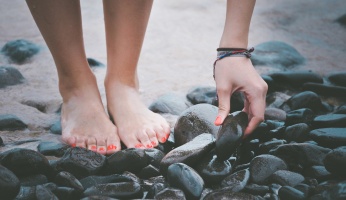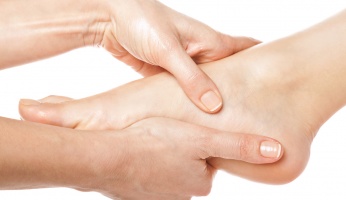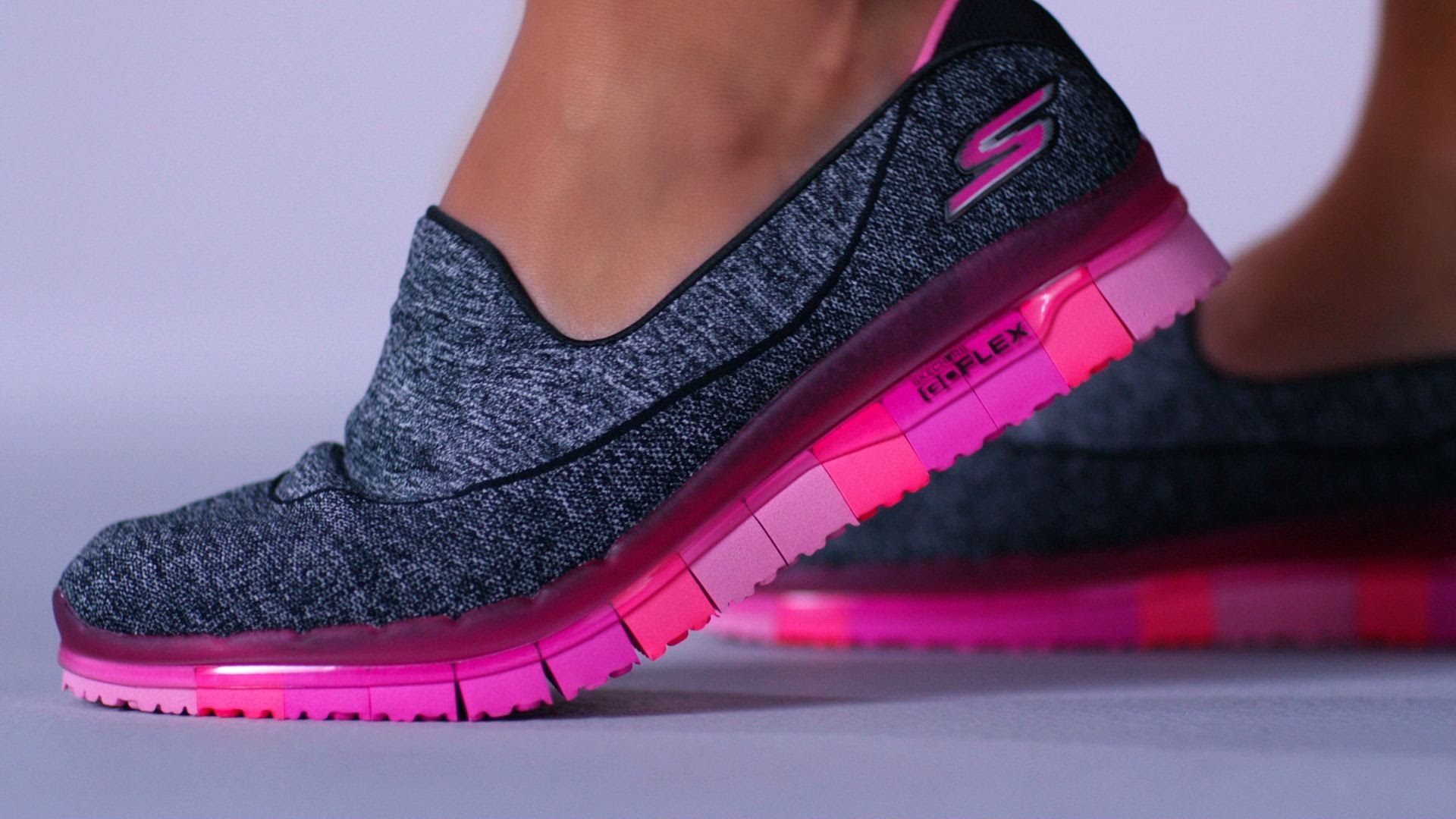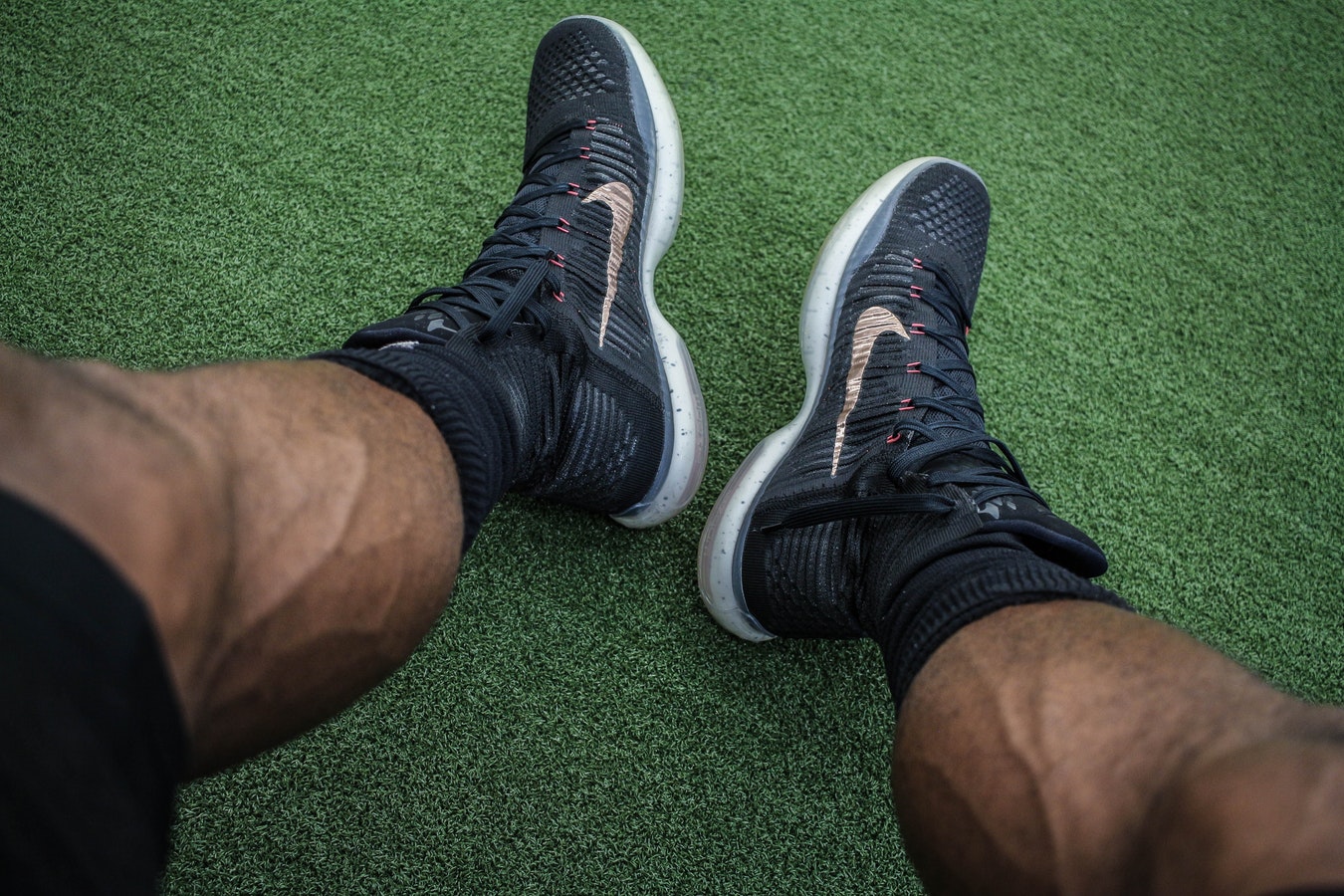10 Tips on How to Wear High Heels Without Feeling Pain
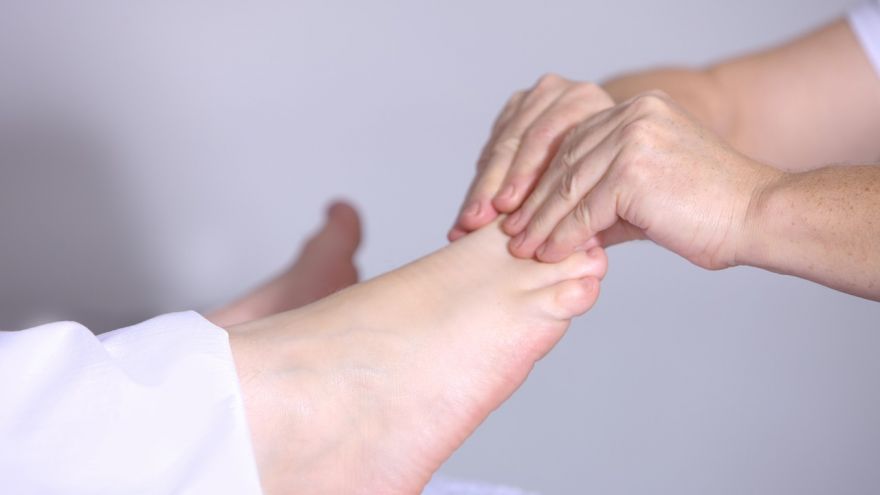 10 Tips on How to Wear High Heels Without Feeling Pain www.walkjogrun.net
10 Tips on How to Wear High Heels Without Feeling Pain www.walkjogrun.net It’s safe to say that wearing high heels is no easy ride. Just ask your sore ankles, tender arches and confined toes — or speak the the numerous women who’ve been unfortunate enough to actually break a bone wearing them.
There are many casualties in the war to look and feel sexy, but this isn’t necessarily the way it should. Because wearing heels and feeling great is a quintessentially female experience, and we believe that it is worth fighting for. We don’t have any control over physics, but we do have a few clever ideas on how to wear heels without dying. Below we’ve compiled them for your viewing pleasure.
Most Common Problems
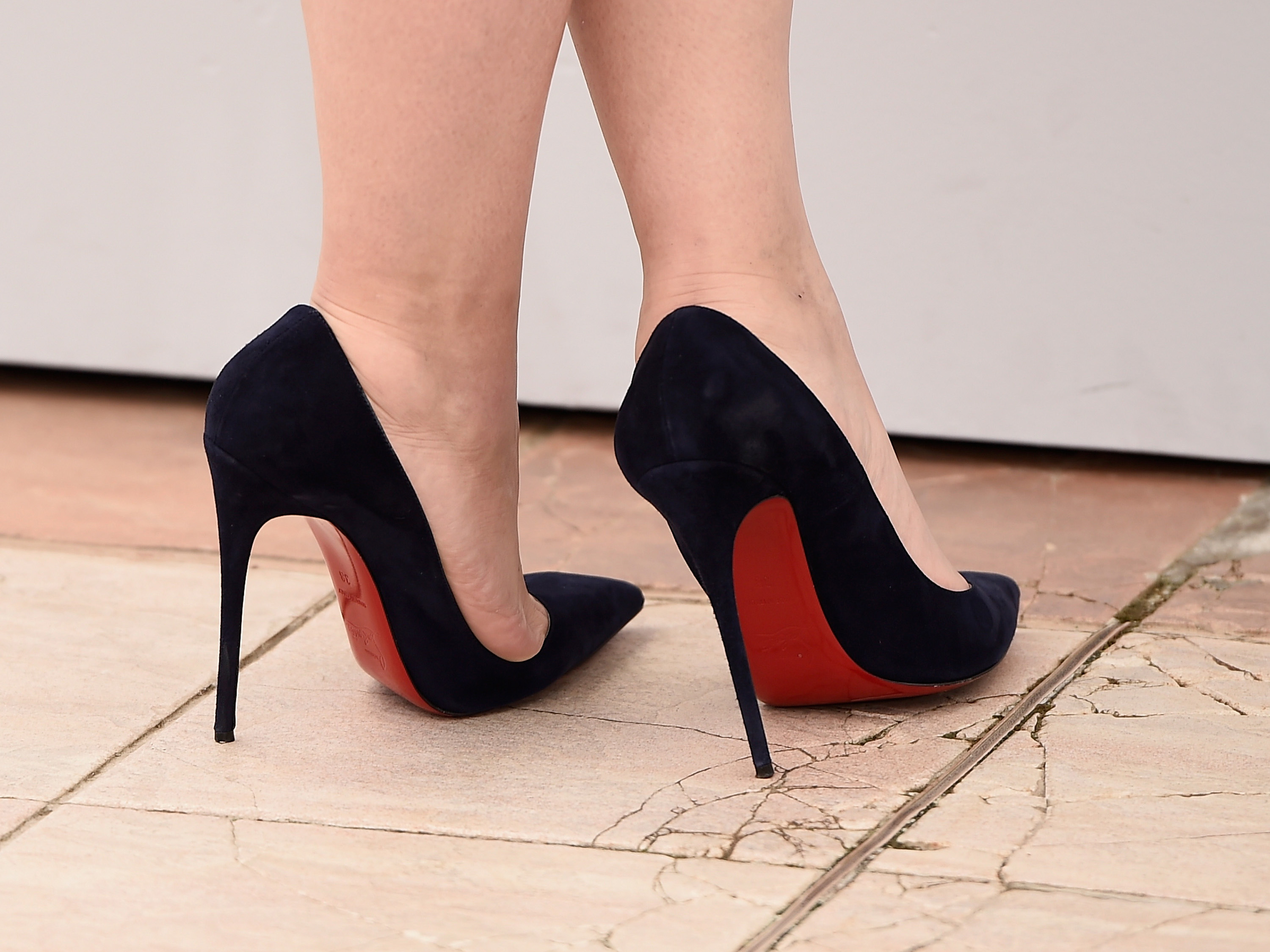
First off we know that heels can cause serious problems, and some of the most common are:
- Callouses, and blisters
- Joint Pain, shortened Achilles Tendon (over the long term)
- Lower Back Pain
- Falling and Sprained Ankles
- Increased chances of ingrown Toenails
Things That Can Help You
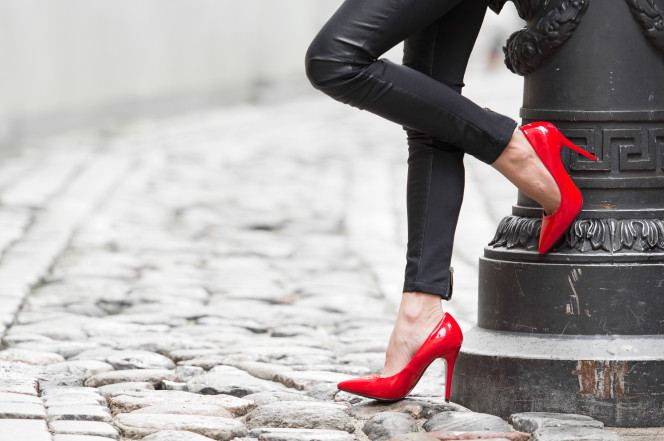
This is just to name a few — we’ve written a full article about the associated health risks — it can be found here (insert link). So we’re really up against it in a way. All the more reason….here are our 10 tips:
Wear the right size. Might sound blindingly obvious, but you might be surprised. Feet tend to to swell when you’re wearing shoes (especially heels) for an extended period of time. If your heels are really snug to begin with, you’re probably going to be in trouble after a few hours.
Buy shoes with a bit of platform. Those stilettos are tempting we know, but they really provide nothing in the way of support for your feet. It’s important to be realistic about what kind of shoe you select for all day use. A thin sole/heel is simply asking for pain. Best to go with a heel that has a solid platform for your feet to rest on.
Start small and work your way up. Get used to walking in some reasonable sized kitten heels before going big with 5-inch stilettos. Straps will also help your shoes stay on your feet during the the course of a day. Take baby steps and in the end you’ll find your sweet spot that much more easily.
Call in the athletic trainer. Just kidding, but taping your third and fourth toes (counting from the big toe) together can work wonders to reduce pain in the ball of your foot. We suggest nude medical tape for a low-profile look, but Scotch tape works if there is nothing else.
Pump up your cushion. Store-bought inserts can be a life saver for the heel wearer. Add a little extra cushion right where you feet need it, and if nothing else it will definitely prolong your ability to wear heels comfortably. There are many, many options but one solid bet is: Foot Petals tip toes.
Lead With Your Thighs. It’s all in the thighs, as strange as that probably sounds hear us out. When you walk, lead each step with your thighs, moving your entire leg forward in one fluid motion. Think about it: You’re probably used to letting your feet take the lead. It takes practice, but if you employ this method you’ll find yourself placing less pressure on the ball of your foot, and ultimately reducing the torque your feet are under.
Take Breaks. Again, may sound super obvious but…being aware of and remembering to give your feet a breather now and then can make a huge difference. Whether you’re wearing heels or not, being on your feet for long enough will cause some pain, so if you’re wearing heels you need to take extra care to take a load off now and then.
Stretch your feet before and after you put your shoes on/off. There are some targeted stretches that will help you get at the front of the foot and ankle (key pain points from heel usage). An example of a stretch like this is pointing your toes down, and pulling your toes up with a strap, this gets the Achilles’ tendon and the calf muscles going a bit. You can replicate this stretch to the inside and outside as well.
Break in with a shoe stretcher. Breaking in a pair of heels is always a good idea but why make your feet do all the hard work? Get a quality wooden shoe tree designed for heels and outsource the heavy lifting. This is an inexpensive fix and your feet will thank you (particularly in terms of width).
Check, and then double check the heel placement. Heels (the location at the back of your foot) are another all too common source of misery for heel wearers. So make sure that you get the fit inch perfect here. Choose shoes with heels centered directly under the middle of your foot’s heel (left), not at the very back of the shoe (right). This will help tremendously with your mechanics and it will reduce the chances of heel pain.
Final Word
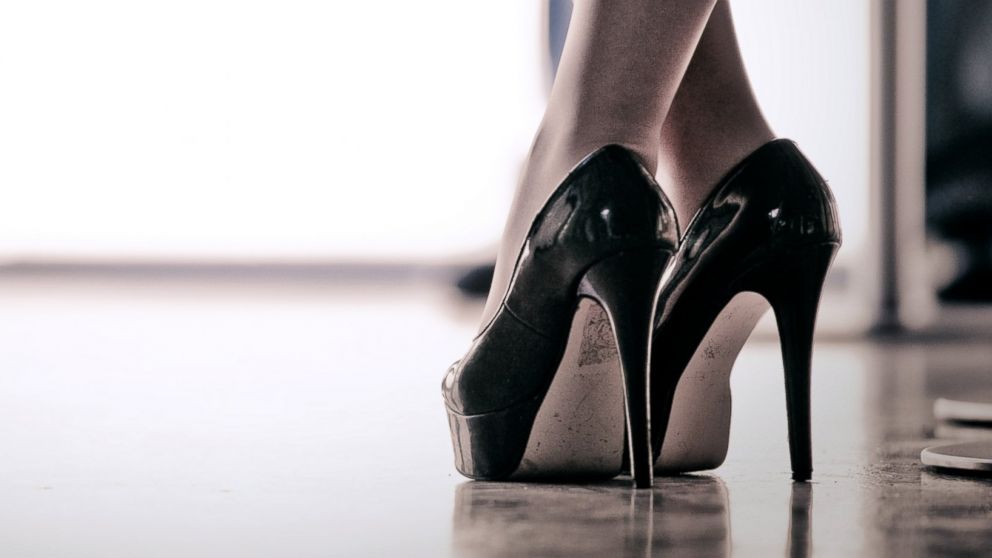
One bonus or honorable mention recommendation is to go shopping for heels in the afternoon or evening. Don’t underestimate how much your feet can swell over the course of a day. Shopping in the morning can result in an uncomfortably tight fit.
We realize the title of this article is a bit ambitious, “no pain” is hard to achieve but these tips are certainly going to help you feel better if nothing else.
So there you have it, 10 ten simple and easy to use tips for how to make wearing heels not only tolerable but hopefully a bit comfortable. Heels look great and can be a perfect addition to almost any outfit, we believe that wearing them doesn’t have to be a miserable experience. Have we missed a tip or a workaround that you swear by? Don’t be shy — let us know in the comments!





